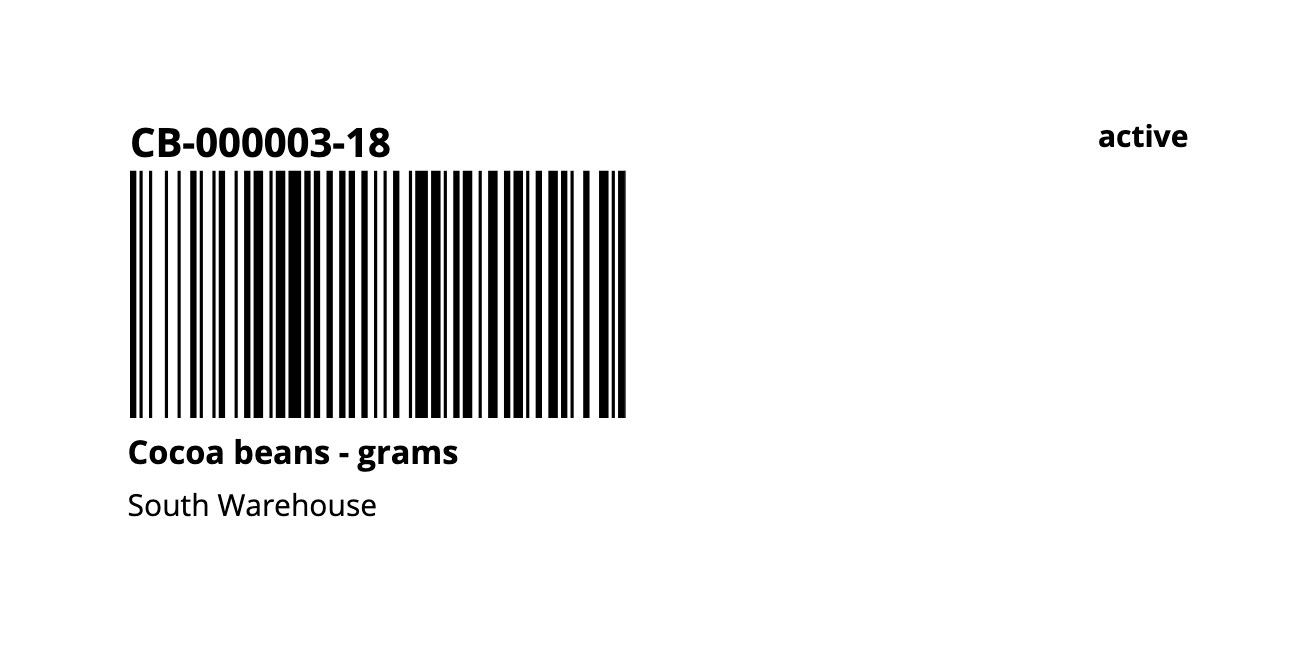Barcodes are a way to encode information into a visual pattern (usually black lines and white spaces) that a machine such as a barcode “scanner” can read. There are different types of formats (or standards) for a barcode, but essentially a barcode is an image representation of a small amount of data.
It’s a common miconception that barcode images actually contain a LOT of data and they usually don’t. The image can only encode so much data. In a system like Wherefour, barcode images are used to encode a specific product’s lot code and location, for inventory control purposes.
Using barcodes in your business offers a couple of advantages:
- Improved accuracy. Barcode images are designed to make long numbers and characters more reliable for a machine to process. Compare this to someone manually typing in a number
- Low cost. Barcodes are a simple way to encode and affix information to your inventory or products.
- Helps hide data that your customer doesn’t necessarily need to know. It’s not really “hidden” of course, because anyone with a scanner can still read it, but it’s a little harder for someone to decode your data by looking at it.
How does a barcode differ from a UPC code?
A UPC code is a specific standard created by GS1 (the Global Standards Organization) and they are assigned to specific products in the market by GS1. A UPC code only contains data about a product and variant data, such as the size or color.
UPC codes are NOT the same as an inventory barcode. Inventory barcodes are typically used for specific lot codes or manufactured date codes and intended for internal use. UPC codes are for use in a retail environment for products purchased by consumers and help retail point of sale systems identify and price a product, regardless of what lot code or date that product was produced.

